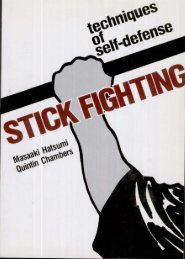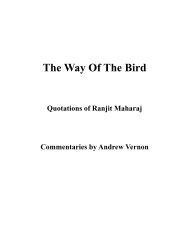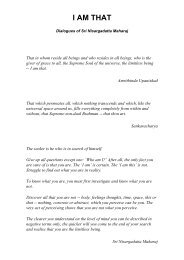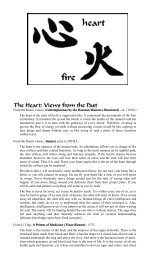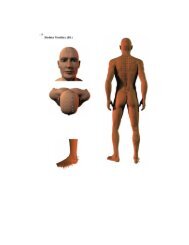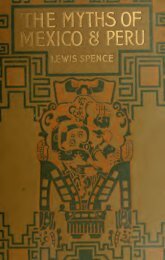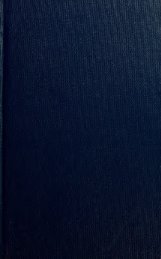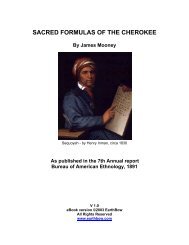Create successful ePaper yourself
Turn your PDF publications into a flip-book with our unique Google optimized e-Paper software.
Introduction<br />
these are only appearances, which are constantly changing, compared with<br />
substance, which cannot be annihilated and is the active principle and<br />
producer of real, rather than transient, forms. This polemic against the<br />
supposed substantial forms of tradition is therefore already a vindication<br />
of the authentic active potency of an infinite universe, and opens the way<br />
to Bruno’s special treatment of matter considered as potency. Then the<br />
confrontation with Nicholas of Cusa’s theses becomes direct, although his<br />
name is never mentioned in this particular context.<br />
Certainly, for Bruno, as for Cusa, it is only in God that infinite actualization<br />
of infinite possibility can be achieved. In the universe, on the other<br />
hand, things are constantly changing, and matter is inescapably subject to<br />
these changing forms. Despite this, the universe can be said to be completely<br />
infinite, to be all that it can be, provided one considers it as extended<br />
through all of time rather than at a single instant or from the point of view<br />
of eternity. However, the difference between God and the universe represents<br />
only the starting point of Bruno’s discussion.<br />
The power to be, if considered as passive potency, moves towards its<br />
infinite actualization only in God; in Him alone, act and potency, power to<br />
create and power to be created, are superimposed speculatively without<br />
reference to time and place. If, however, one considers matter absolutely as<br />
passive potency, if one abstracts it from the relationship which it has, at<br />
different times, with both corporeal and incorporeal substances, one<br />
notices a significant factor. There is no difference between the passive<br />
potency of these substances except for the fact that corporeal matter is contracted<br />
into dimensions, qualities, quantities, shapes, etc.; these accidental<br />
determinations (dimensions, shapes, etc.) are what the Peripatetic tradition,<br />
struggling to understand them, confused with genuine substantial<br />
forms. Dimensions, qualities, etc. do not, however, modify pure passive<br />
potency as such, and it is possible to conclude, therefore, that the matter<br />
which is conceived in these terms can be considered common to both the<br />
spiritual and the corporeal.<br />
Bruno clinches his argument by referring to the Neo-Platonic doctrine<br />
that intelligible entities were composed of a very particular kind of intelligible<br />
matter. Such intelligible entities, which are forms of acting, must have<br />
something in common, although it cannot be anything that generates a distinction<br />
between them or involves any passage from potency to act. In the<br />
sensible world, where becoming involves such a passage, is not matter best<br />
understood as potency, which includes in its complexity all the dimensions<br />
xvii





